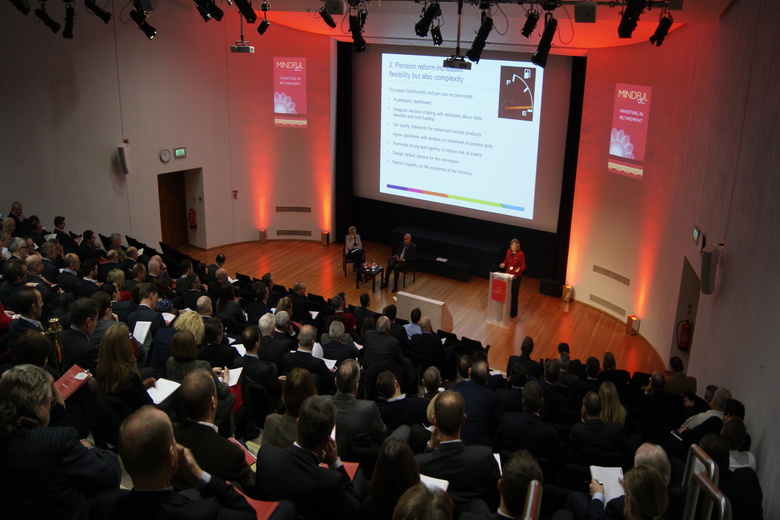


Moderator: Malcolm Kerr, EY
Expert: Darren Bayley and Kevin Russell SEI
Key message
SEI provides technology and support services that enable larger firms to establish and run their own platforms. This is an important component of a VIF. The model tends to make economic sense where there is exiting AUA of around £1.5bn and new business volumes in the region of £350m pa. There is over £30bn sitting on SEI client platforms.
Key themes
There was some confusion as to exactly what constituted a VIF and some advisees had concerns about the level of charges and potential lack of transparency. Towry was mentioned as a very expensive model.
Where a VIF does make economic sense the cost savings can reduce client costs and/or generate addition revenue to the firm.
The advisers operating a VIF (out-sourced to SEI) seemed highly professional.
Some attendees felt positive about the concept others less so. Several quite large players hadn’t yet given the issue much thought.
Conclusions
What are the next steps? (e.g. key messages to government, regulator, etc; action orientated conclusions they would like Owen James or one of our associates to take on their behalf.) Next steps may be wider than the headline findings, if required.
Clearly VIF’s are gaining traction and have the potential to improve customer outcomes and adviser profitability.
It is understood that the FCA has some concerns regarding whether or not every VIF has the capabilities required to run funds and platforms; albeit via third parties.
Maybe we could have a regulatory perspective presentation at a future meeting.
A true VIF will also establish and run the investment solution. This can also be out-sourced. Some advisers around the table thought this was of equal if not greater importance than the technology solution. It seemed that it wasn’t 100% clear exactly who was responsible for the governance of the technology from a regulatory perspective.


